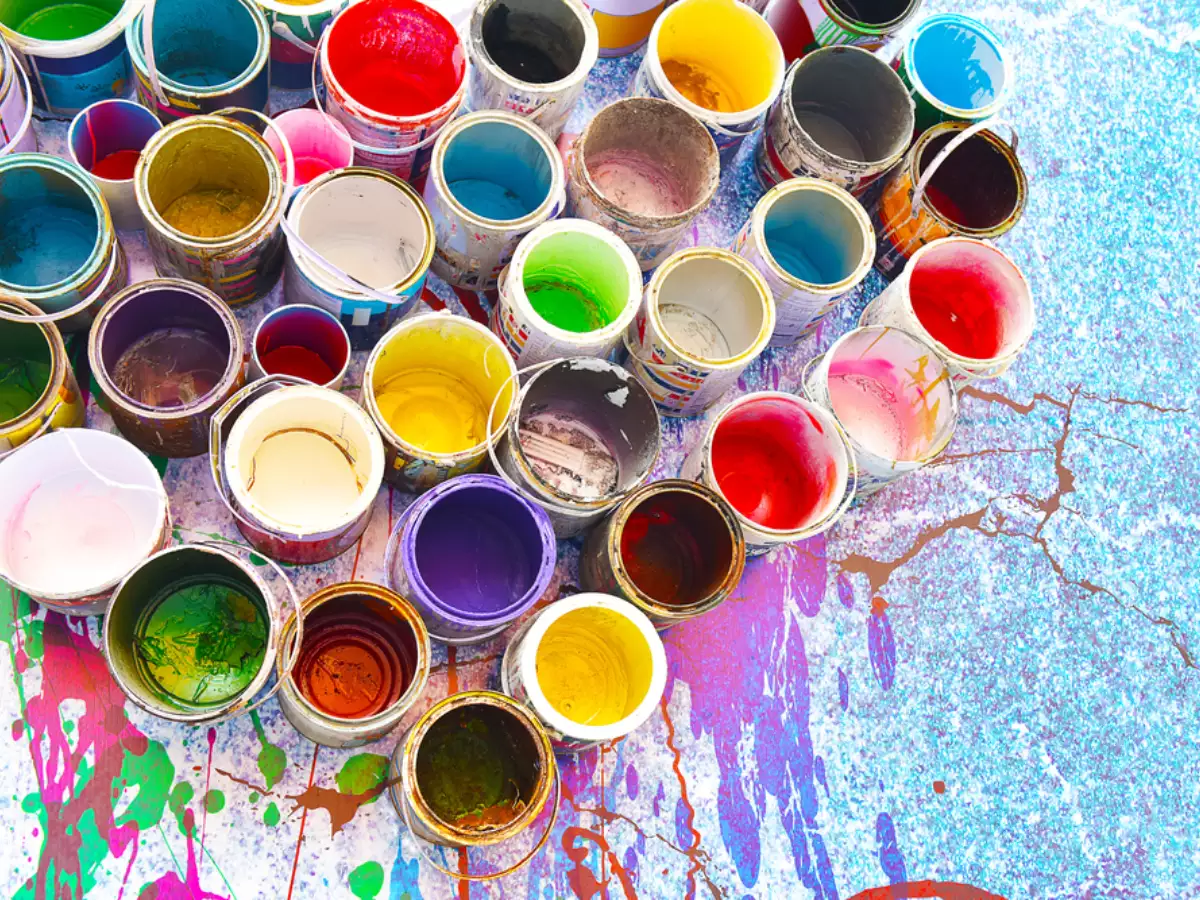
If you’ve ever felt stressed or anxious, you may have found yourself doodling on a piece of paper to help calm your mind. It turns out there’s a therapeutic technique based on this simple act! It’s called paint therapy and can be a great way to reduce stress and promote creativity. Here’s what you need to know about this unique form of therapy.
Table of Contents
What is paint therapy, and what are its benefits?
Paint therapy is creative art therapy that allows individuals to express their feelings and emotions through painting. By creating works of art, images can offer an outlet for stress, sadness, and other challenging emotions.
While painting, people become immersed in the present moment, and this mindful activity can be incredibly therapeutic. It does not require traditional painting skills or knowledge; instead, it encourages individuals to allow themselves to create whatever they choose with no expectation or judgment from others.
Through painting, participants learn more about themselves as well as gain self-confidence. Furthermore, painting therapy can help participants tap into subconscious thoughts and feelings that might remain buried. This kind of insight often has profound healing effects on the individual’s mental health and well-being.
How can paint therapy help you relax and de-stress?
Paint therapy is a calming practice that helps to reduce stress and promote relaxation. It is a type of art therapy that uses visual expression to gain insight into the inner self and to give people an outlet for creative expression.
Everyone can benefit from paint therapy since it doesn’t require any special skills or artistic ability. Research has found that painting can help lower cortisol levels, the hormone associated with stress, which leads to a feeling of calm and well-being. Paint therapy also encourages visual thinking, leading to increased creativity, making it an ideal activity for those who want to spark their imaginations and help themselves de-stress.
What are some of the best painting techniques for beginners?
Generally, the best painting techniques for beginners are those that build basic foundational knowledge and skills. Learning to mix colors, using different brush strokes, and understanding the properties of various media that one works with can set you up to tackle more complex painting projects as time progresses.
Starting with simpler painting styles such as still-lifes or abstracts can provide an ideal introduction. These exercises let you focus on honing groundwork fundamentals instead of aiming for a specific outcome. So don’t feel overwhelmed trying to produce a perfect masterpiece immediately; instead, give yourself time to practice and make plenty of mistakes along the way!
Where can you find paint therapy classes near you?
Are you seeking an activity to help you relax and tap into your inner creativity? Painting therapy classes could be the perfect outlet for you. Paint therapy is a form of art therapy that can help improve emotional, physical, and spiritual well-being and is enjoyed by adults and children alike.
If you’re looking to find where you can access these classes near you, there are many ways to go about it. Many art centers in major cities offer paint therapy classes or workshops, as do some schools and universities with special art initiatives.
Alternatively, a quick online search should give plenty of results with local options, as more companies are now offering online paint therapy sessions than ever before. Whichever route you decide to take, finding the suitable paint therapy class for you is only a few clicks away!
Originally posted 2023-01-24 23:01:37.
Hello, I am a professional writer and blogger at Adclays.com. I love to explore the latest topics and write on those topics. I spend the maximum of my time on reading and writing interesting topics which provide valuable piece of information to my readers whether it comes to the latest fashion, technology, healthy lifestyle, business information, etc. Explore my writings by visiting the website.